Programmatic - the next Wave in Indian Advertising: Bharat Khatri
Authored by Bharat Khatri, Country Lead, Xaxis India.
In lockstep with the relentless growth of her economy, India’s advertising market continues to expand at an awesome rate. Advertising expenditure in the country is expected to reach Rs 79,315 crore in 2019 from Rs 68,752 crore in 2018. This will be on account of the upcoming elections, IPL and the cricket world Cup and a growth in digital adverisemnet spends. The market share of digital will go up from 21% to 24% of total advertising spends with revenues touching Rs 188 bn in 2019.
Where is the money going?
Close to 40% of India’s advertising spend still goes to TV, while digital media accounts for around 17% of the total. This number is gradually growing, however, and by 2020 some 22% of total ad expenditure is expected to be on digital.
The digital world is increasingly engaging for consumers – 500 million Indians use the internet today, a number which will increase to 700 million by 2025 according to a Microsoft study. This should be a huge opportunity for marketers, in raw terms, but when you break it down into our 22 languages, the gap between our cities and our villages and our wondrous variety of ethnic and cultural preferences, it becomes clear that applying traditional mass marketing techniques to India’s digital audience just won’t work.
Cutting down on wastage
However, the advent of digital advertising is proving to be a game-changer. The precisely measurable nature of the digital approach offers an unprecedented benefit - it allows brands to reach precisely the consumers they want to engage with and sell to, with essentially no wastage.
It was department store magnate John Wanamaker who said, “Half the money I spend on advertising is wasted; the trouble is, I don't know which half.” A famous saying, and one that has kept media planners awake for decades. Their skill set has traditionally been a mix of art and science, and wastage has been a permanent factor in their calculations.
But now, the application of programmatic advertising principles to the digital ad space means wastage can become a thing of the past.
What is programmatic advertising?
A basic definition would be that it is an example of marketing automation. Programmatic advertising automates ad spending. It is designed to determine what kinds of ads will run, and where and when they'll be placed, using artificial intelligence (AI) and machine learning. Programmatic boils down to the use of data and technology, enabling marketers to make decisions in real time about the specific advert they want to deliver to the specific consumer.
It involves leveraging the most critical data from big data sets and machine-learning technologies that let them deliver personalized experiences to engage consumers in meaningful ways at every stage of the customer journey.
According to a report by EY, 10-15% of India’s digital advertising was routed through the process of programmatic buying in 2017 but that share is expected to increase to 50% by 2020.
The programmatic edge
With billions of multi-platform interactions every day, the traditional ways of planning a campaign can no longer usefully be applied. Our evolution to a digital world represents a huge opportunity for brand advertisers committed to understanding the market.
As consumers move among multiple devices and platforms, a complete rethink is needed on how to most effectively spend the client’s advertising rupee. Big data and analytics allow the combining of retail data with existing data sets on online behaviour, giving the programmatic industry access to a much more complete picture of who consumers are and how they behave online.
It is precisely this fusion of data and algorithms that will enable advertisers to better reach the right target audiences, at the right time, on the right medium. Programmatic demonstrates efficiency, by making advertisers and technology work in concert to serve the clients’ needs and deliver business outcomes.
It goes without saying that the product or service must meet a need in the market, and the ad copy and call to action must be enticing, but given those fundamentals programmatic advertising is enabling marketers to track the impact of their investment and optimise their ad campaigns in real time—an unprecedented situation for the world’s second oldest profession.





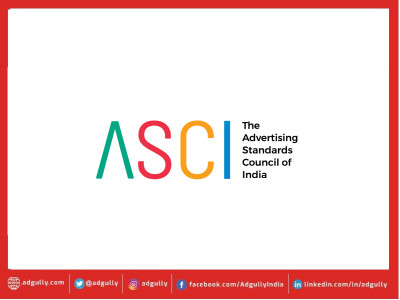
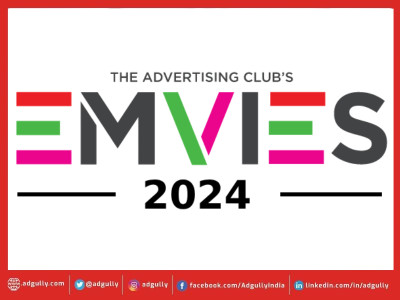



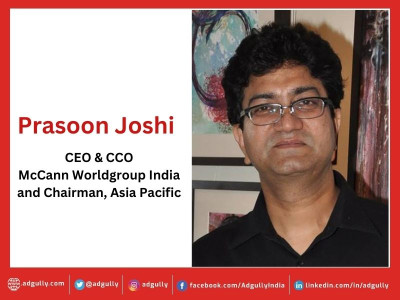

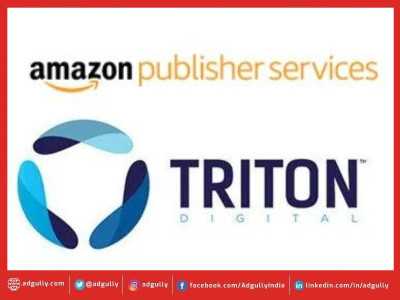

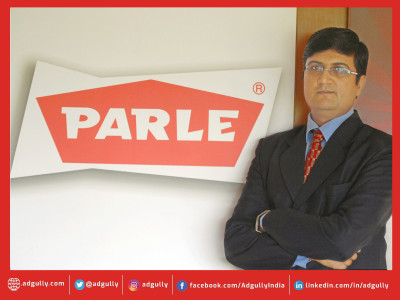


Share
Facebook
YouTube
Tweet
Twitter
LinkedIn